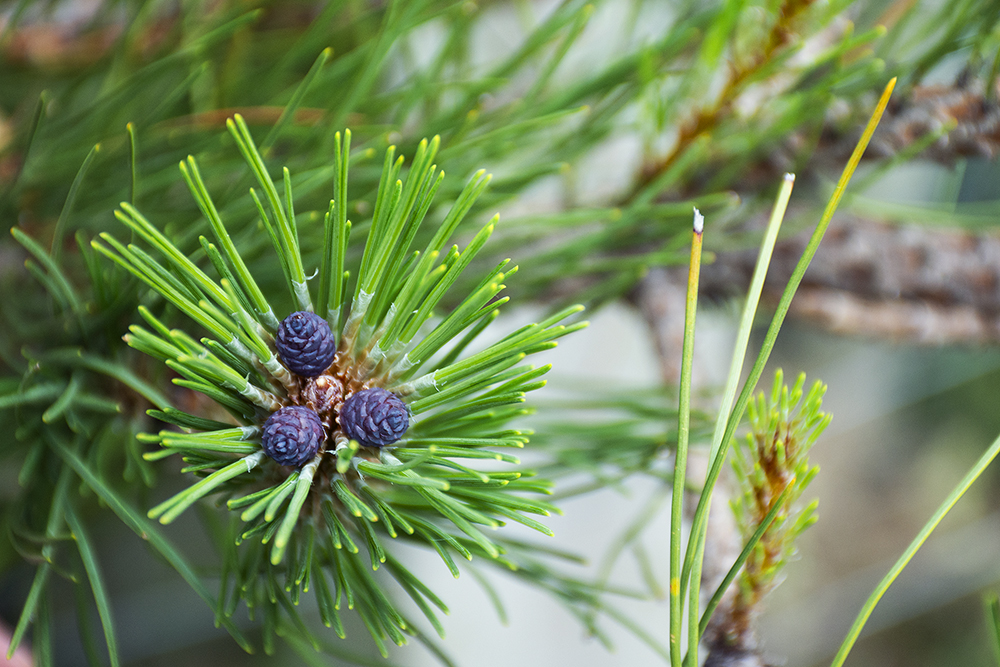
Situated only 19 miles from the house I grew up in, is a very special site. Considering its importance in Medieval history it seems relatively unknown and is only marked by small a roadside monument.
On July 3rd Mr H and I took a drive out to Yeavering near Wooler, Northumberland and got to stand on the land where 7th century Kings of Northumberland would have stood.
On July 3rd Mr H and I took a drive out to Yeavering near Wooler, Northumberland and got to stand on the land where 7th century Kings of Northumberland would have stood.
This place was Gefrin or Ad Gefrin, which translates as 'At the Hill of Goats', where the palace of King Edwin of Northumbria and his successors once existed.
Gefrin was mentioned by Saint Bede in his writings, but it wasn't known where exactly the location was. However, in 1949 crop marks were spotted in aerial photographs taken by an archaeology professor and over the next two decades excavations were made. These revealed over 26-meter long timber halls with kitchens, cattle pens, a weaving shed and more dating to around 1300 years ago.
How absolutely exciting it feels to stand in the middle of a field in my dearest home county and imagine the people and animals who walked that ground.
Bede wrote that 'while king Edwin and his queen were residing here, the queen’s bishop, Paulinus, baptised many in the nearby River Glen'.
Another very fun thing to think about is that recordings state that King Arthur’s first battle happened at the mouth of the 'River Glen'. Sadly there are two River Glens, this one and one in Lincolnshire. It would be so magical to think that battle happened in Northumberland.
Gefrin was mentioned by Saint Bede in his writings, but it wasn't known where exactly the location was. However, in 1949 crop marks were spotted in aerial photographs taken by an archaeology professor and over the next two decades excavations were made. These revealed over 26-meter long timber halls with kitchens, cattle pens, a weaving shed and more dating to around 1300 years ago.
How absolutely exciting it feels to stand in the middle of a field in my dearest home county and imagine the people and animals who walked that ground.
Bede wrote that 'while king Edwin and his queen were residing here, the queen’s bishop, Paulinus, baptised many in the nearby River Glen'.
Another very fun thing to think about is that recordings state that King Arthur’s first battle happened at the mouth of the 'River Glen'. Sadly there are two River Glens, this one and one in Lincolnshire. It would be so magical to think that battle happened in Northumberland.
The fourth from the bottom photo shows 'Yeavering Bell' a twin-peaked hill that is part of the Cheviot Hills, poetically speaking Gefrin lays in its shadow with the monument facing it.
The monument is much larger than I expected and even the back of it is beautiful, fitting in well with the field walls and surroundings. You can also see in the photos above the stunning carved Goat Head gate posts which are the work of a local artist, Eddie Robb.
Upon leaving the area, we spotted other points of interest at the site and online I have seen photographs of The Yeavering Standing Stone which I can kick myself for missing. Typical of us we didn't follow the most worn path and instead strayed across the field towards the sprawling views meaning we didn't get to see those. We do plan to visit again though and hopefully do the Yeavering Bell walk so there may be an 'Ad Gefrin - Revisited' post in future haha.
To learn more about this important, exciting and stunning area check out GefrinTrust.org.
Until next time...




















No comments:
Post a Comment